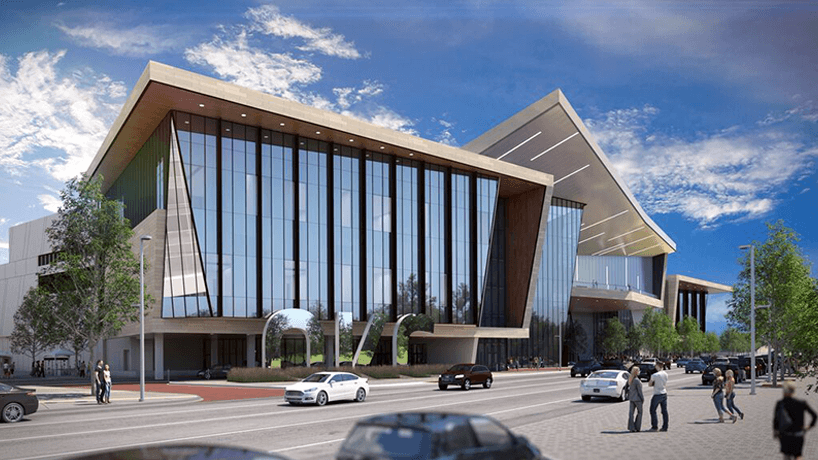When Oklahoma City opens the doors to a new convention center in 2020, the city’s tourism officials will be free from a typical worry: debt. Thanks to a program called Metropolitan Area Projects — commonly known as MAPS — the tab for the venue will already be paid in full. In fact, it will be covered long before any attendees are inside the building. “We don’t start construction on any of the projects until there is enough money to pay cash for the project,” Mike Carrier, president of the Oklahoma City Convention and Visitors Bureau (OKC CVB), told PCMA in an interview. “It’s a much easier way to do things. We don’t have to worry about selling bonds or the normal issues that usually come up with building a new convention center.”
Carrier doesn’t have to worry about how local residents will feel about the new venue, either. He already knows. Taxpayers voted to support the convention center in 2009, and they’ve been paying for it ever since in some very tiny increments. MAPS uses a one-cent, limited-term sales tax to cover the costs of public projects. “As a community, we decide on a few transformational projects that matter to us, and we work together to make them happen,” Carrier said. “We know when the tax will start and when it will end, and most importantly, we know that there won’t be any mortgage to worry about.”
As plenty of convention destinations worry about budget cuts and public perceptions of funding plans, the MAPS program seems to be a strong example of demonstrating the value of a convention center to people who may never actually attend a conference or trade show inside it. Oklahoma City residents didn’t just have a say in green lighting the project; city officials are also inviting them to contribute their own ideas to naming a new public park that will be adjacent to the new center.
It’s an impressive approach to building local support for the value of the convention industry. Plenty of outside visitors will come to Oklahoma City for conferences and business events, but the venue will also play a crucial role in the community as a host for events like the Mayor’s State of the City Address and the Inaugural Ball for the Governor. Carrier summed up the center’s role with a comparison that more cities should embrace: “We like to think of the main ballroom as the living room of our community.”

